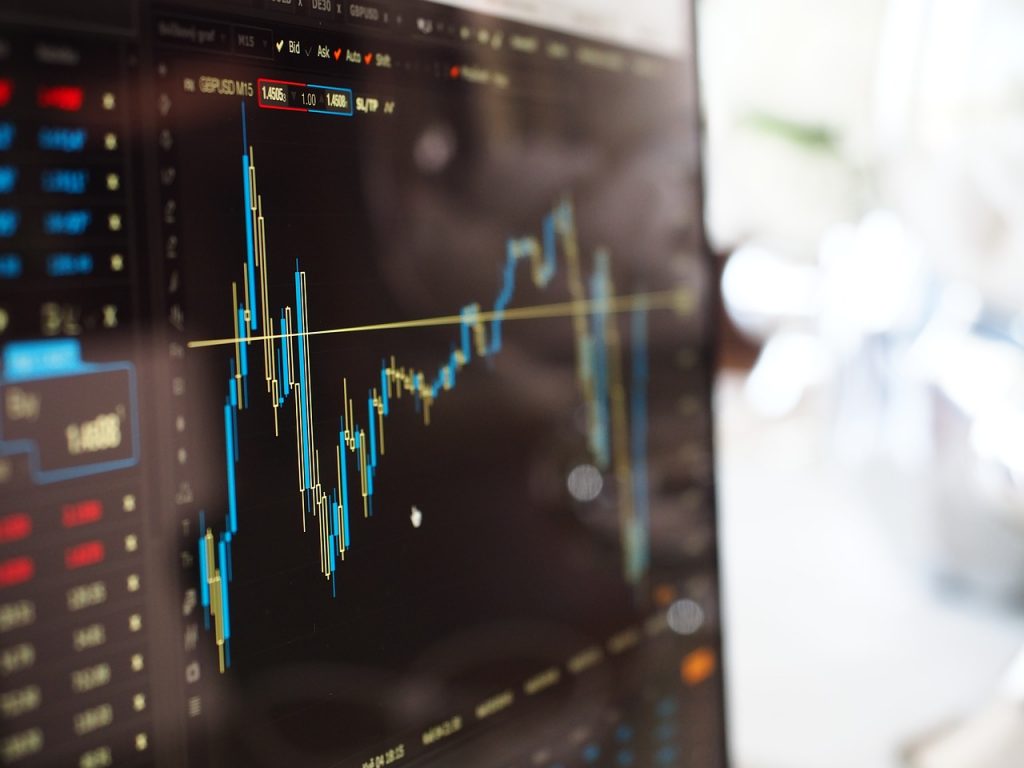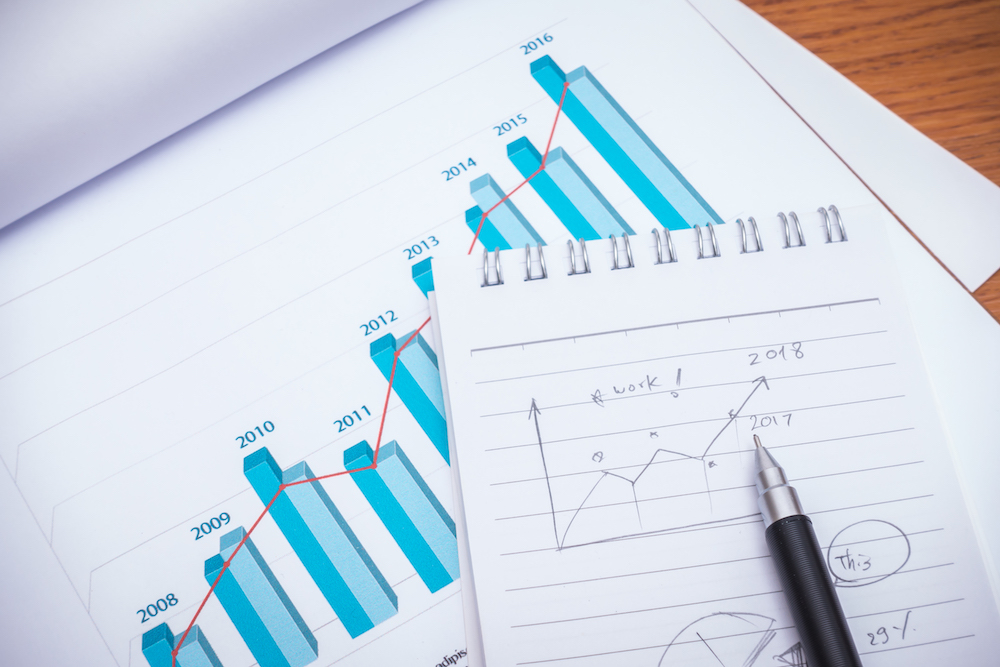Mark January 25, 2017 as an historic day for the Dow Jones Industrial Average (DIJA), as it hit a record high of DOW 20,000 for the first time in its 120-year history.
Many investors have been eagerly awaiting this milestone ever since the Dow hit a low of 6,440 in 2009. But now that the time has come, the real question remains: What now?
For some, it’s an indicator that the market is thriving. For others, there’s no clear-cut answer about what it means for long-term investments.
Michael Farr of money management firm Farr, Miller and Washington, warns, “It can be dangerous to get too caught up in the market’s euphoria, […] the trend is up for now, but know it won’t last forever.”
Most are taking it as an encouraging sign and encouraging investors to take advantage of the upward tick if they can.
But if you’re new to investing or you don’t understand the significance of the number itself – or how it applies to your investment strategy – it can be challenging to know exactly what to do about it.
If you find yourself in that category, here’s what you should know.

Why Is “20,000” Significant?
The DIJA was initially created to gauge the well-being of stocks in the industrial sector, originally made up of 12 stocks and now consisting of 30.
Since the majority of investors were using bonds backed by real assets (machinery, factories, etc.), those who held stocks (an intangible ownership) had no way of predicting whether or not they would see dividends.
Thus, the DIJA was invented as a way to help stockholders assess the success of the market. The higher the DIJA goes, the more money investors likely make. If it drops by too much – like the 778-point drop in September of 2008 – it’s considered a “crash”, or at the very least a financial crisis.
Despite several notable ups and downs throughout the past several decades, the DIJA has been faithfully rising. In February of 2000, it hit the 10,000 milestone, and now 17 years later it’s doubled.
So why is this so important?
For one, it means that stocks are more valuable today than they were two or three decades ago. But according to experts, the most significant part of the 20,000 milestone is actually psychological.
Mike Baele, managing director at the Private Client Reserve at Portland’s U.S. Bank, notes that the number itself is a show of trust in the economy:
“The reality is that 20,000 is just another number. However, the reasons for the move are many. The drivers include an improvement in earnings in the third quarter and hope for even better results in the coming quarters; better-than-expected economic numbers, which includes solid employment, housing, inflation, and consumer and business confidence numbers.”
Many believe that a high number is a sign that things are going well. So what does that mean for investors and the stock market, exactly?

What Does It Mean for the Stock Market?
Because the DIJA is now so high, 100-point (or even 1,000-point) swings in the market don’t mean as much as they used to.
A 100-point increase or decrease in 1972 – when the Dow was at 1,000 – for example, would have been a drastic if not devastating change. But at 20,000, that percentage is almost negligible.
This generally means investors have less to worry about if the market fluctuates throughout the year, though there are other factors that will affect the market more drastically. Minor changes in the Dow’s 30 constituents might affect certain stocks more than a point fluctuation would.
When the Dow added Intel and Microsoft in late 1999, for example, both saw the value of their stock drop the following year, and they didn’t regain their standing until 2014. The most recent Dow addition, Apple, replaced AT&T in March of 2015 but fell 6 points as a result, while AT&T rose 24%.
So while major point changes up and down have less meaning, companies themselves may suffer the higher the number goes.
The most notable DIJA “winners” of the 20,000 milestone so far have been bank stocks – Goldman Sachs is up nearly 30%, while JP Morgan Chase and Morgan Stanley have risen 20% — so those who’ve purchased stocks in these or similar companies may be counting their blessings.
But just because things are going well now doesn’t mean that investors can buy and sell without worry. David Kelly, head of global strategy at JP Morgan, says that getting to 20,000 has been a struggle, so investors should still take precautions.
“It has taken over 17 years to get here,” he notes. “We hit 10,000 on a wave of enthusiasm but we have had to climb a wall of worry all the way up to 20,000.”

What Does It Mean for Your Portfolio?
For the average investor, the 20,000 milestone may not have any major impact other than a psychological confidence boost.
Because major point swings have less impact overall since the milestone hit, investors won’t necessarily have to nail-bite as they watch the market fluctuate throughout the year. However, investors will still need to choose the companies and stocks they invest in more carefully.
It will be more important than ever for investors not to put all of their eggs in one basket. Diversification will be an essential strategy as the Dow continues to climb, and investors should look for companies that have proven stable over the long-term and can offer fairly predictable dividends over time.
It will also be important for investors to watch the market for significant changes over the course of 6 to 12 months. Major fluctuations or a sudden drop (of more than 1,000 points) may require some additional attention, especially if you manage your own portfolio.
Final Thoughts
Because choosing the right stocks will play such a vital role in a market that now sits over 20,000, it will be essential for investors to learn what makes a good stock and how to invest at the right time (we offer a free course for do-it-yourself investors here).
It’s also important to remember that the DIJA is based on only 30 companies and is not an exact indicator of how well the market is doing. In fact, the S&P 500 is likely a better indicator of your portfolio and the overall economic conditions since it is a broader index. There will always be some up and down for individual stocks, so investing for the long-term will remain essential.
Of course, the best investment strategies will have enough diversification to weather a sudden crash, and they will focus on creating income for the investor even in a fluctuating market.







